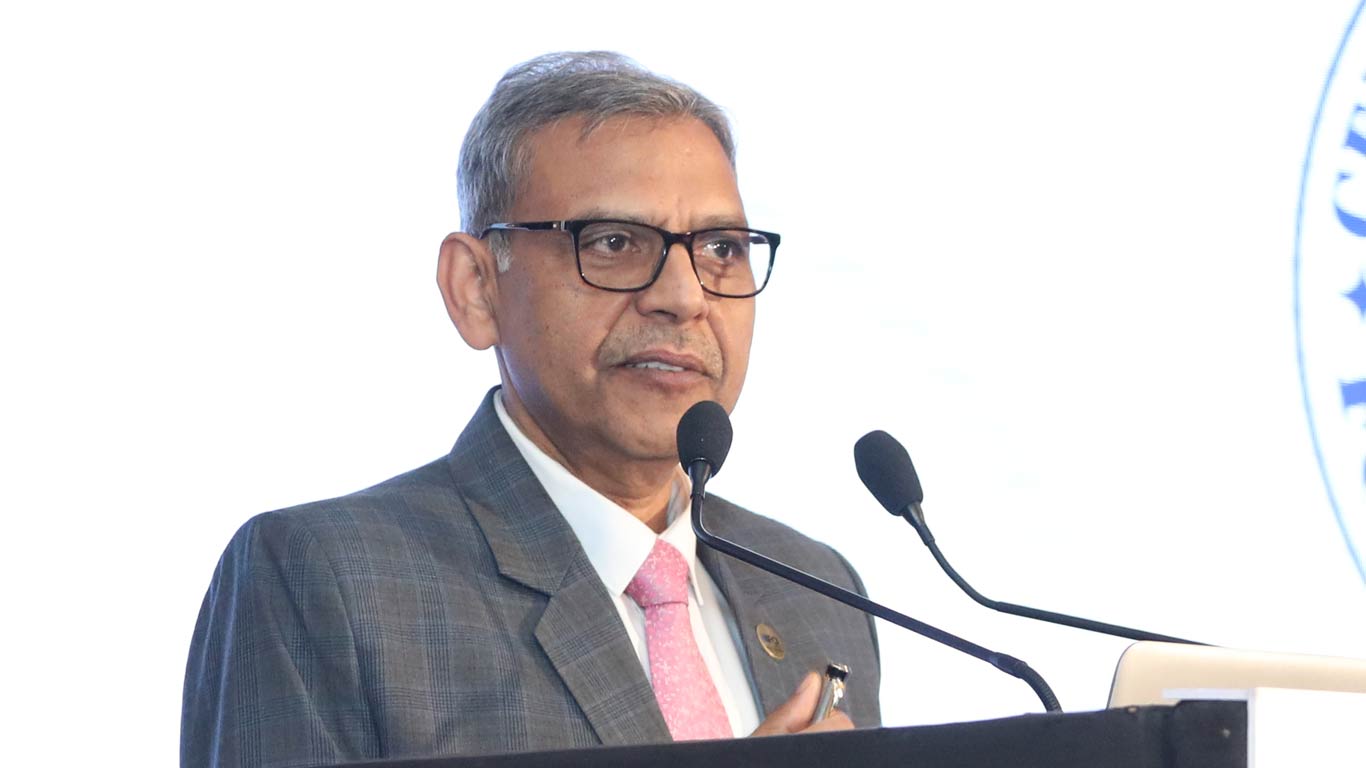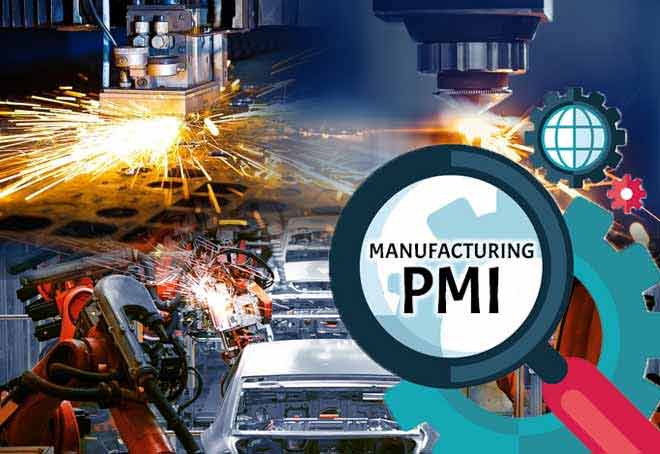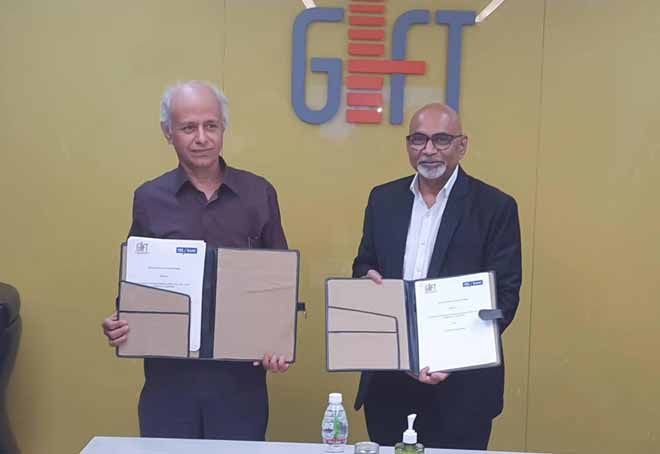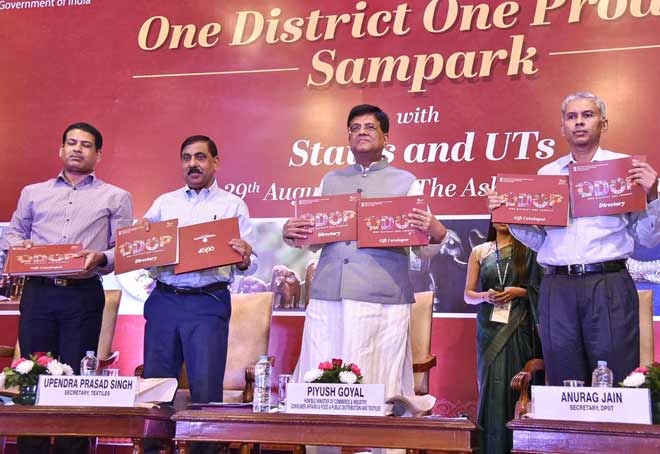Deregulation opens up new opportunities in India
Updated: Nov 05, 2013 05:12:30pm

The key to India’s recent and future success is deregulation. Historically, strict regulation has limited entrepreneurial scope and closed Indian off from the rest of the world, making business expansion problematic. Such regulation is increasingly being relaxed, or abolished, in order to encourage foreign investment and a more consolidated industry structure. It is within markets subject to deregulation where the greatest opportunities exist.
This is one of the key findings of the new Indian Subcontinent Plastics Industry Report 2013 from Applied Market Information (AMI). Based on AMI’s independently researched global polymer databases, the report offers clarity on this exciting and potentially highly profitable market. The report covers the whole of the sub-continent, which consumed 11.5 million tonnes of polymer in 2012. In this article, we will focus on India, which accounts for over 87 per cent of the total subcontinent market.
Reduction of regulation
It has only been in the last decade or so that Indian polymer demand has begun to flourish, albeit from a low base. Polymer consumption in 2013 will be over 80 per cent larger than it was in 2007. Whilst the economy has been a significant driver in such growth, polymer demand has been growing at 2 per cent faster than GDP as thermoplastics increased penetration in many applications.
The development of the plastics industry has been underpinned by a process of deregulation and the abolition of numerous quota and production licences and the gradual removal of most plastic products from the items reserved for small scale industries (SSI), which previously limited the scope of foreign investment. SSI had only served to hold back the development and growth of plastics processing and created a very fragmented and unsophisticated plastics processing industry. Its relaxation has improved both productivity and competition.
The reduction in India’s import tariff on polymers to 5 per cent in 2007 also helped to stimulate demand. So too did the build-up in capacity for key commodity polymers such as polypropylene.
There are a number of other Indian policy alterations which are likely to increase the rate of polymer growth within the economy including the relaxation of the Jute Packaging Act, the Micro Irrigation Scheme and improving foreign direct investment (FDI) conditions in the country’s Special Economic Zones.
In 2013 it was announced the Indian government is to construct six ‘plastic parks’ in Punjab, Haryana, Rajasthan, Uttar Pradesh, Odisha and Andhra Pradesh. The plastic park scheme is to encourage clusters of small and medium sized plastic processing companies, as well as recycling organisations, to set up in India.
The recent legal relaxation of foreign retailers investing in India’s multi-brand retailers has the potential to westernise the packaging industry. At present only 5 per cent of food is packaged and only 10 per cent of retail is organised. Since 2012, India has allowed foreign retailers to take a 51 per cent stake in multi-brand retailers, provided that investments are larger than USD 100 million and retailers source 30 per cent of their produce from local small enterprises. There is also a regulation that now allows 100 per cent FDI in food processing companies.
The Indian automotive industry is already attracting investments from foreign producers that have located production plants in the country to benefit from low labour costs and a closer proximity to emerging Asian markets. Foreign producers include Ford and Hyundai whilst domestic manufacturers are Mahindra and Tata Group.
Foreign investment and increased production has aided penetration of polymers in various automotive applications. For example, in 2011 Maruti Suzuki introduced a new fuel efficient model that incorporated a plastic fuel tank. HDPE fuel tanks are standardised in western production but Indian polymer consumption trails in this and many other applications.
Changes in supply structure
Indian polymer production is particularly concentrated with nearly 50 per cent of commodity resin accounted for by one producer, Reliance Industries. It has been the largest player for more than a decade after it purchased Indian government run IPCL. The most recent capacity expansion project concerns PE, PVC and PET, costing USD 12 billion and the respective plants are due to be commissioned between 2013 and 2016.
Indian Oil is the second largest producer and owns over 10 per cent of Indian production, although it only producers PE and PP grades. Financially challenged Haldia owns a further 10 per cent of resin capacity, while the remaining 30 per cent of polymer production is split between 14 substantially smaller producers.
In contrast to resin supply, the polymer processing industry is far more fragmented with 75 per cent of Indian processors classified as small-scale operations and commanding just 30 per cent of polymer consumption. These processors are typically very small family-run companies with limited technical capability and financial resources.
Protectionist tendencies of national and regional governments continue to pose a threat to the development of the plastics processing industry. In 2012, for example, India proposed to ban the import of second hand machinery that was more than five years old in order to protect its indigenous capital goods industry. While on the one hand such a move may encourage investment in newer equipment, the move was generally opposed by organisations such as the Chamber of Industrial and Commercial Undertakings (CICU) as likely to particularly impact on the ability of micro, small and medium sized enterprises (MSMEs) to expand and grow their business as such companies often rely on low-cost second hand equipment.
What does the future hold?
Despite the continuing Eurozone crisis and slowing global growth, Indian GDP is expected to outperform the majority of international economies at over 6 per cent year up to 2017.
Indian polymer demand will grow ahead of GDP rates as plastics continue to penetrate applications in packaging, pipe, automotive and electronic applications, driven by a mix of government spending on infrastructure projects, private investment and rising consumer demand.
As the Indian economy develops and becomes westernised, huge opportunities will arise in the plastics processing sector. For example, now that multi-brand organised retail has been opened up to foreign investment, supermarkets will require a reliable local supply of plastics packaging to extend shelf-lives and improve transportability of their produce. Ultimately, initiatives like this will modernise the plastics industry as demand for transit and retail packaging develops from an embryonic base. In addition, consolidation will occur as OEMs prefer to liaise with large processors capable of supplying across the country instead of several smaller regional businesses.
Such alterations in market dynamics will provide improved prospects and organic growth to Indian companies, as well as opportunities for multinational processors to enter the market to drive their own growth targets.
Market challenge
However, the plastics processing industry in India still faces a number of challenges which need to be addressed.
· First of all, there is the infrastructure, which does not just relate to transport links but to a whole range of issues from energy to the banking system, the limitations of which all serve to hold back business.
· Secondly, India remains desperately poor, particularly in rural areas, and governments have struggled to introduce policies to extend the economic growth from the urban centres to the rural areas.
· Thirdly, whilst these countries tend to have a strong entrepreneurial ethic, this has led to a proliferation of small processing companies, running old and inefficient equipment, which lack the access to capital to invest and really develop an internationally competitive, modern manufacturing industry. The plastics processing industry in India needs to rationalise and consolidate to reduce costs and improve performance.
· Fourthly, national and regional government policies are often counter-productive and discourage private investment (eg high tariffs, and the blocking of FDI).
Despite the industry’s rapid growth in recent years, plastics processing remains underdeveloped with enormous potential for further penetration in packaging, agriculture and building, as well as developing a more consistent manufacturing base.
Traditional materials, such as paper and metals, are frequently still preferred due to availability and cost in many end-use applications. Per capital consumption of polymer remains low below 9 kg compared to a world average of 28 kg. Although per capita consumption has already increased rapidly, substantial potential still remains and demand for polymers is expected to continue growing substantially over the next five years. In its report AMI forecasts a 9 per cent per year average increase, which will push demand in India close to 16 million tonnes by 2017.
Ultimately, investment opportunities and growth will be dependent on the success of regulation reform, incentives for FDI and how quickly the economy’s structure develops more consolidated and efficient operations. (KNN)
(The writer is a market analyst with AMI)











